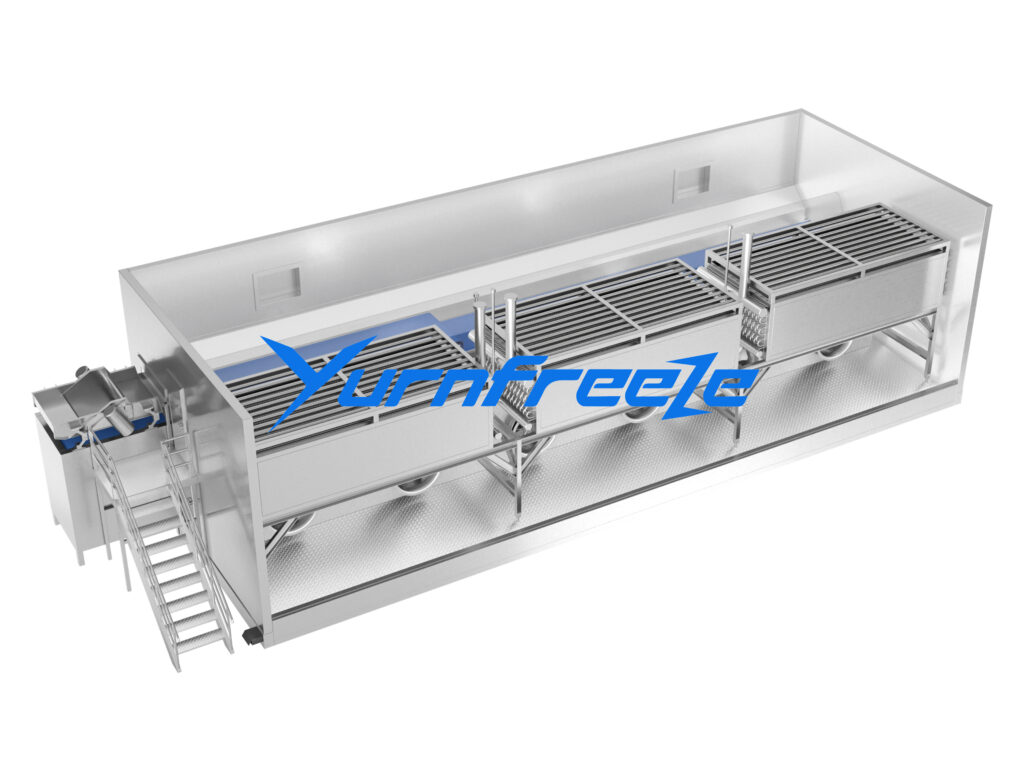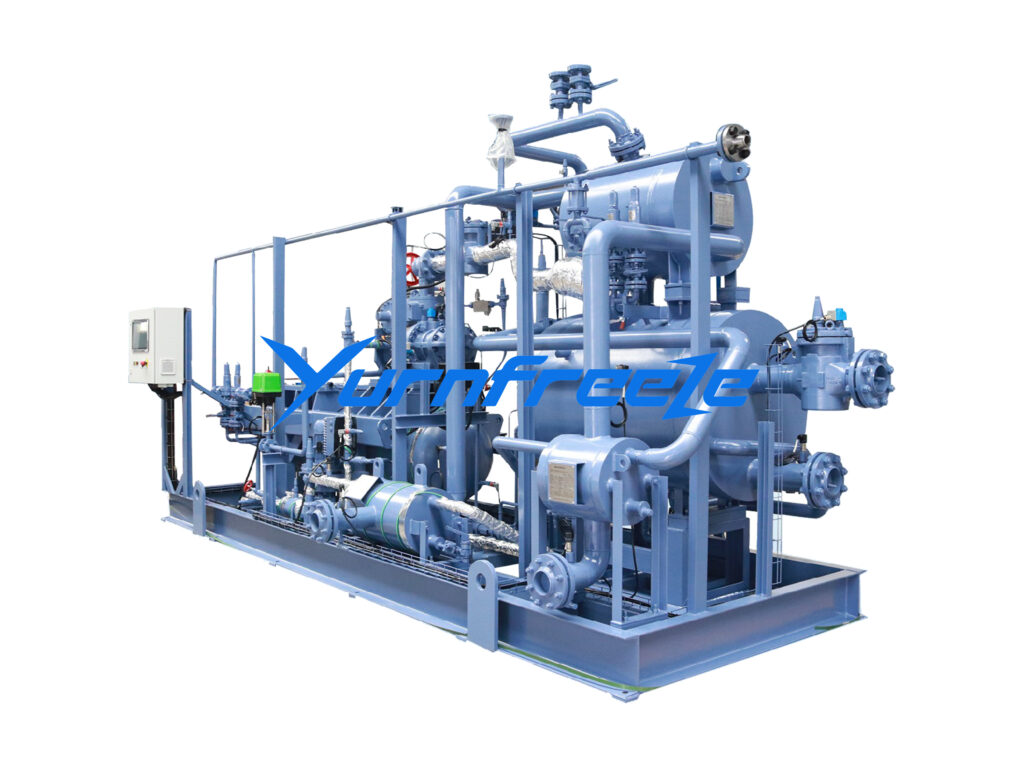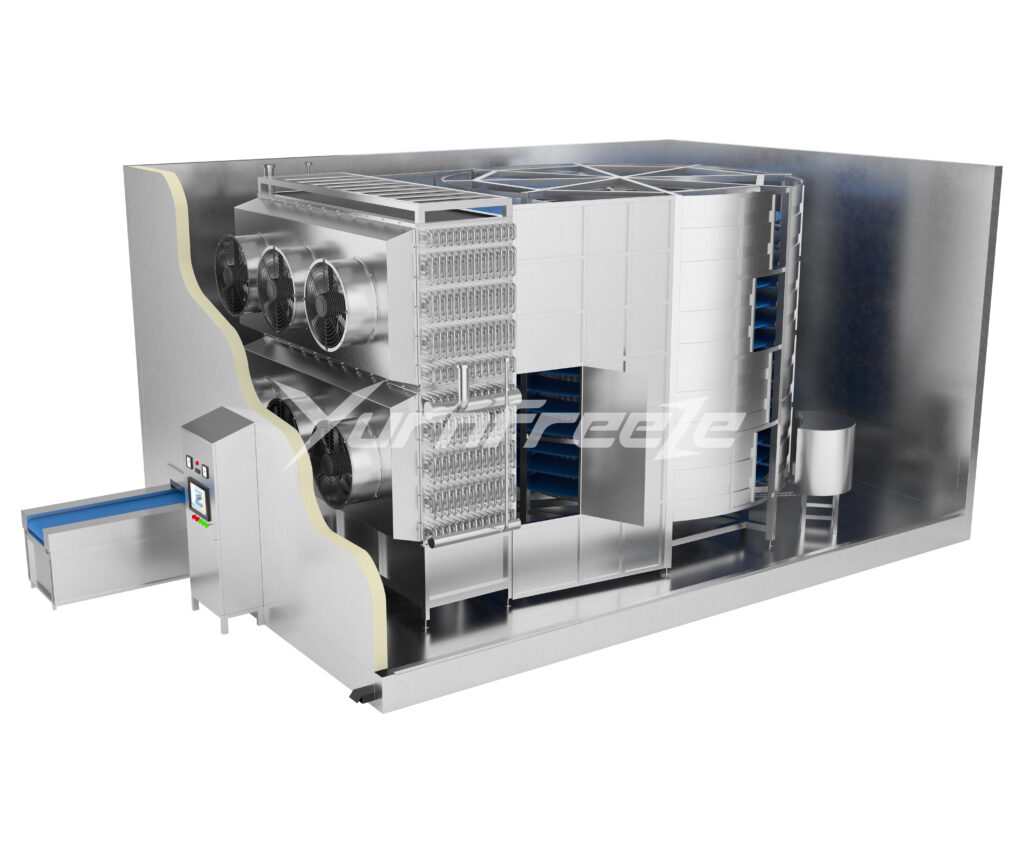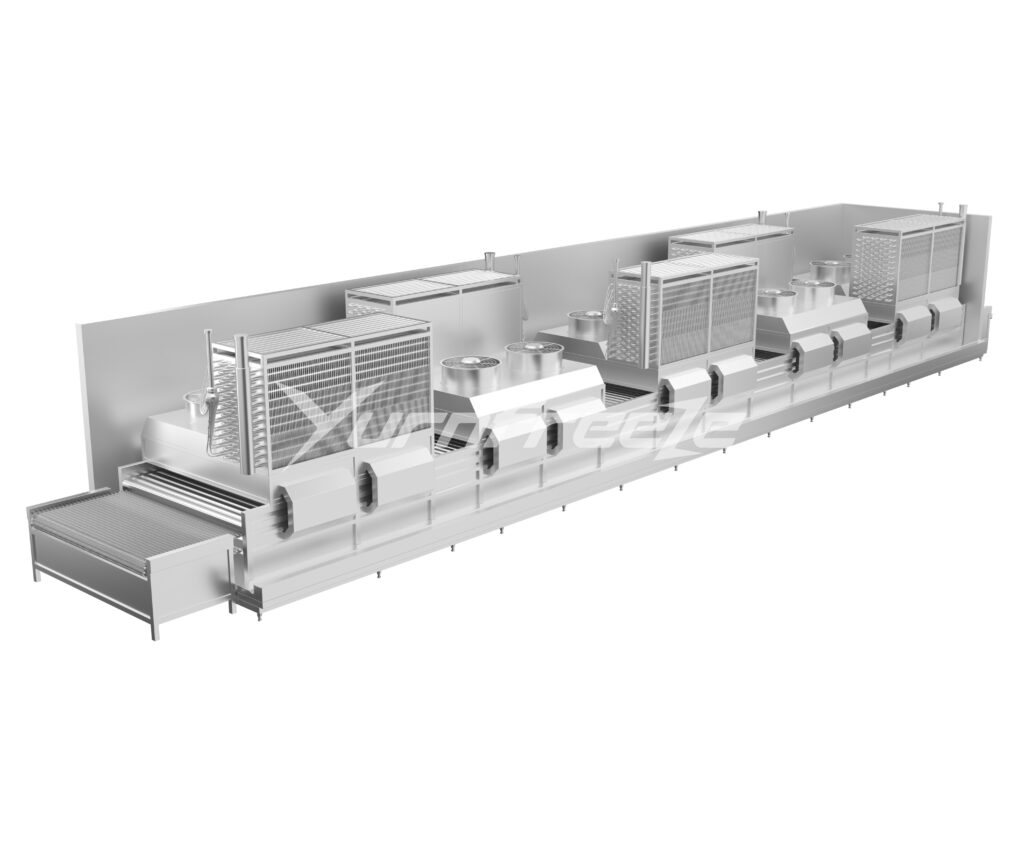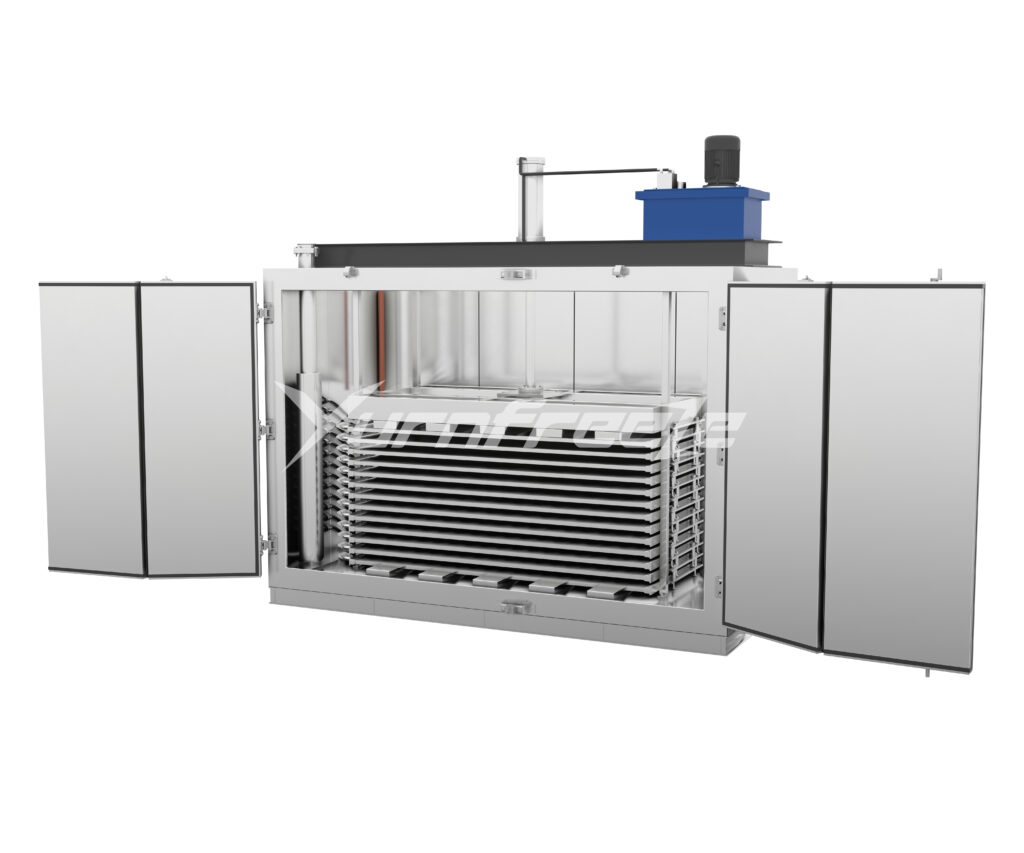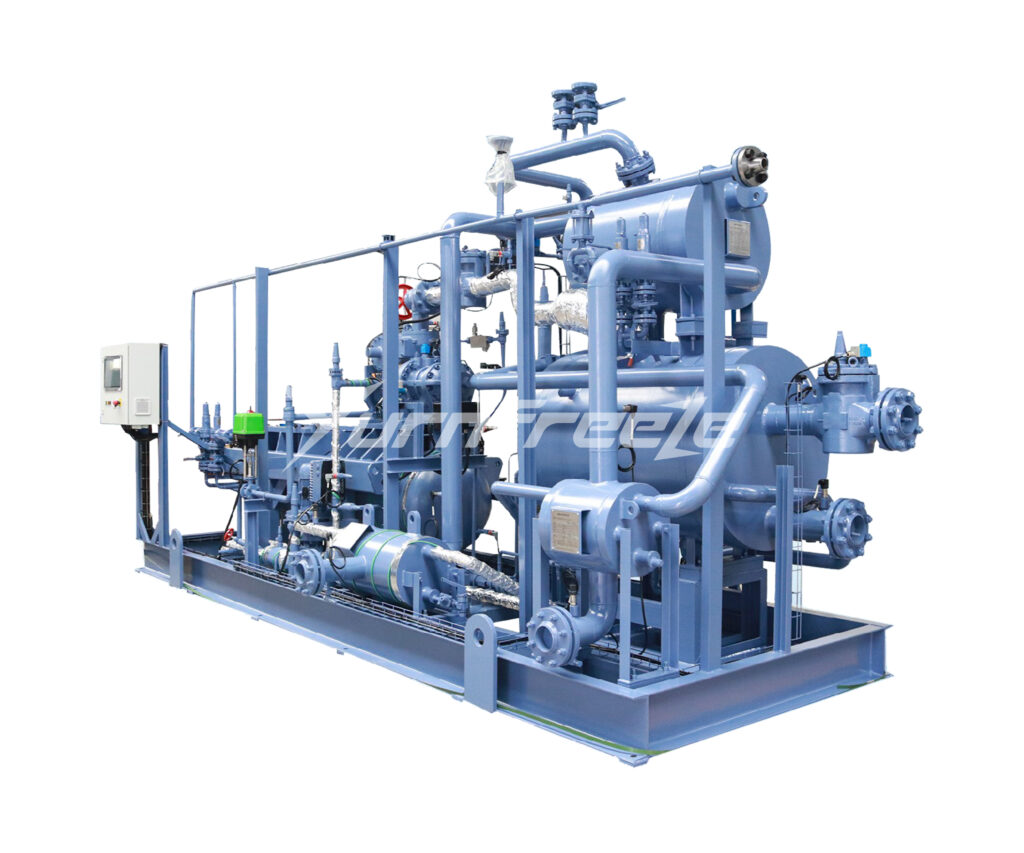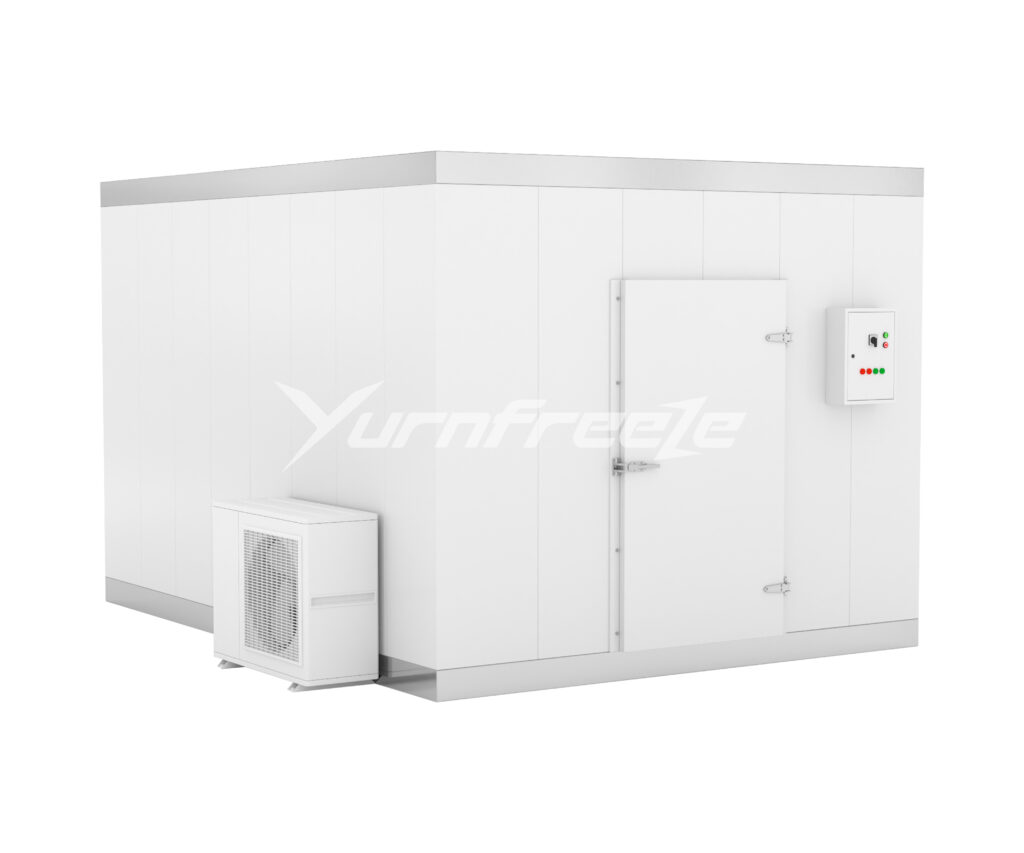Introduction
CIP is a cleaning method, also known as Clean In Place, that allows the equipment to be cleaned without dismantling and opening the equipment, and with little or no operator involvement.
Under certain flow/pressure conditions, the cleaning agent solution is sprayed onto the surface of the equipment or circulated in the equipment. The cleaning process usually consists of several independent washing steps.

Cleaning Agent Solution
CIP Alkaline Detergent
| Name | Characteristics | Application |
| Powerful Alkaline Detergent | Strong alkalinity, easy to pass water, meet the food safety, complete qualification | It’s the most used product in the food industry, such as smoke surfaces, frying pans, cooking boxes, and other equipment. |
| Alkaline Additives | Strong alkalinity, easy to pass water, meet the food safety, complete qualification | Add the additive to the alkaline detergent can enhance the effect of the alkaline detergent, especially for oil, protein, and other heavy oil. |
CIP Acid Detergent
| Name | Characteristics | Application |
| Highly concentrated acid detergent | Phosphorus-free formula, meet national food safety and environmental protection requirements, easy to pass water | It is used in dairy products, drinks, quick-frozen, and mainly used to remove inorganic dirt. |
CIP High Efficient disinfectant
| Name | Characteristics | Application |
| High-efficiency peroxided disinfectant | Disinfectant with peroxide acetic acid as the main active ingredient, without phosphorus formula, meets national food safety and environmental protection requirements | It is mainly used for internal and external disinfection of equipment for the dairy, beverage, and frozen industries. It can also be used for space and hand disinfection. Water-free is available with 200ppm (with special and rapid killing effect on E.Coil, Staphylococcus aureus, mold, anaerobic bacteria, and Bacillus with strong resistance) |
Advantages of CIP
- High safety standards and improved hygiene quality
- Reduce manual processes and reduce labor costs
- No need for employees to enter the interior of the equipment
- No need for employees to directly contact chemical solutions
- Eliminate human error
- Cost control is more reasonable
- Increased production efficiency
- The control of auxiliary resources such as water, energy, detergent, and disinfectant has been improved




